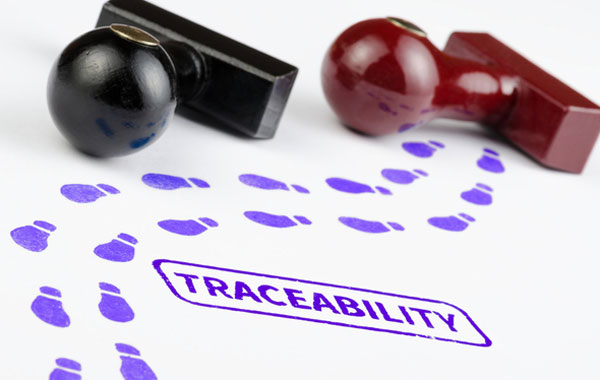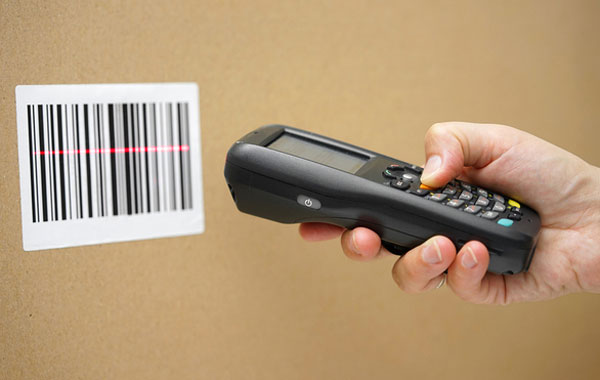[vc_row type=”in_container” full_screen_row_position=”middle” scene_position=”center” text_color=”dark” text_align=”left” overlay_strength=”0.3″][vc_column column_padding=”no-extra-padding” column_padding_position=”all” background_color_opacity=”1″ background_hover_color_opacity=”1″ width=”1/1″ tablet_text_alignment=”default” phone_text_alignment=”default”][vc_column_text]

Traceability is vitally important for food safety as well as operational efficiency. When it comes to the food and beverage industry, it’s all about connecting the dots.
Traceability refers to the functions that trace the flow of foods throughout the production, processing and distribution stages. With traceability, it’s possible to locate a product at any stage of the food chain and within the supply chain.
There are a number of reasons why traceability is an essential goal for the food and beverage industry. Because of its essential role in maintaining food safety, traceability requires producers to have sound, integrated systems in place to ensure effective controls, both in day-to-day operations but also in the case of a contamination or other safety issue.
Traceability components
Traceability consists of two distinct components: tracking and tracing. Tracing creates a history of a product’s navigation throughout the entire food chain. Whether for a single unit or a batch, the tracing history provides information about the product’s origin and its movements forward.
By contrast, tracking is the ability to pinpoint the destination of a particular product, following its path through the food chain from the point of manufacturing to the final point of sale or point of consumption. Like tracing, the tracking can follow an individual unit or a batch.
Put another way, tracing looks backward to a product’s origin while tracking looks forward to its destination.

Relevance to food safety
As the food supply chain becomes more complex and more global in scope, the importance of traceability is greater than ever. Added complexity means that you must have a system and process in place in case a food safety issue occurs. If it does, traceability will help you pinpoint the source of the issue and the scope of any potential incident.
With a good traceability product, your food company can be prepared in the case of a potential issue, with visibility and transparency throughout the food chain. When an incident occurs, traceability allows for a prompt response, providing for diagnosis and mitigation.
Traceability also helps food processors, and in some cases entire industries, to recover faster, restoring public confidence in the product, company, industry, and food supply. Finally, traceability plays an important role in future preventative measures that are put in place after an incident.
Food traceability system needs
Traceability comes down to systems that can meet the needs of an increasingly dynamic food chain. Processes need to be standardized among producers, suppliers, and distributors so that, in the case of an issue, traceability can be a powerful asset in the diagnosis and recovery efforts.
To work effectively, your traceability system needs to be verifiable, results-oriented, cost-effective and applied consistently and fairly.
At NexTec, we work closely with food and beverage processors to provide the technology expertise and guidance needed to ensure traceability, food safety, compliance with regulatory guidelines and confidence throughout the food chain.
With extensive experience and knowledge of the strengths and features of multiple food distribution software tools, NexTec consultants work closely with our customers to find the right solutions. Download the NexTec Food Brochure to learn more about how NexTec and Sage X3 can help create a traceability system that integrates processes, systems and processes.

[/vc_column_text][/vc_column][/vc_row]
